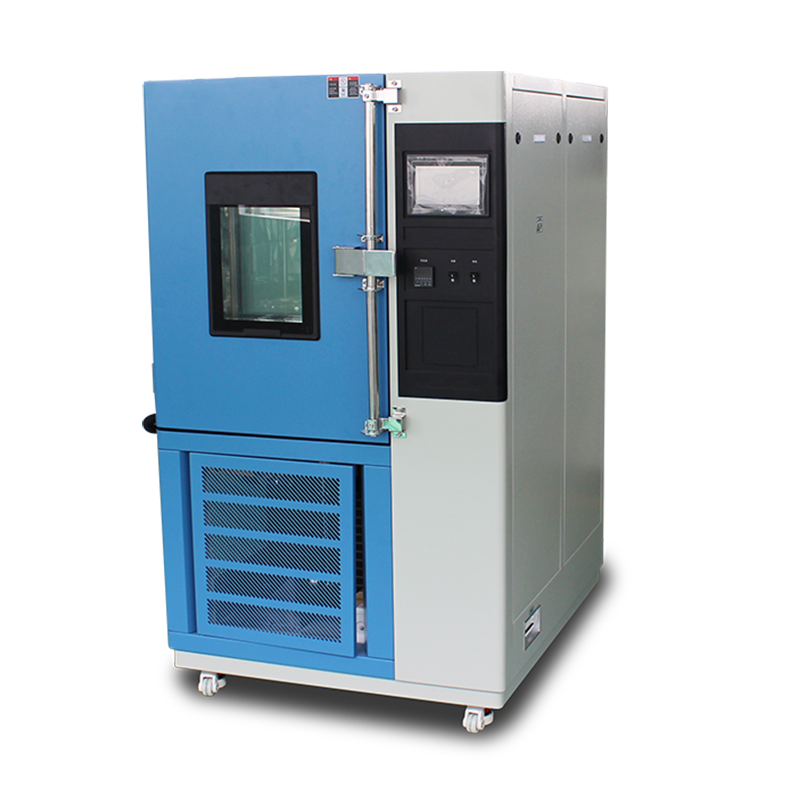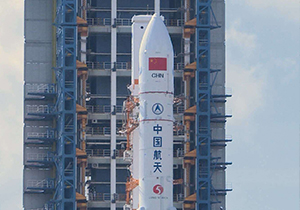Ozone aging test chambers are primarily used in the drone industry to test and evaluate the aging resistance of drone materials and components under ozone exposure. Ozone is a strong oxidizing agent that accelerates material degradation, particularly in rubber, plastics, coatings, and similar materials. Therefore, understanding how these materials perform in ozone-rich environments is crucial in the design and manufacturing of drones.
Here are some key aspects of ozone aging test chamber applications in the drone industry:
-
Material Durability Testing – Components such as drone housings, seals, and cables are often exposed to high ozone concentrations. Aging tests help manufacturers select suitable materials to enhance product durability.
-
Reliability Assessment – By simulating ozone environments, manufacturers can evaluate the long-term reliability of drone products, identifying potential material degradation issues early to ensure stability in real-world applications.

-
Enhanced Safety – Drones operating in harsh weather conditions may experience material aging, leading to structural weaknesses. Ozone aging tests help ensure drone safety under various environmental conditions.
-
Compliance with Standards – Many countries and regions impose strict material testing standards for aerospace products. Ozone aging tests serve as a critical step in material certification and compliance assessments.
-
Design Optimization – Analyzing aging test results allows R&D teams to refine material selection and drone design, improving overall performance and lifespan.
By simulating ozone environments under different concentrations and temperatures, ozone aging test chambers provide essential material and design insights for the drone industry, driving technological advancements and product innovation.














